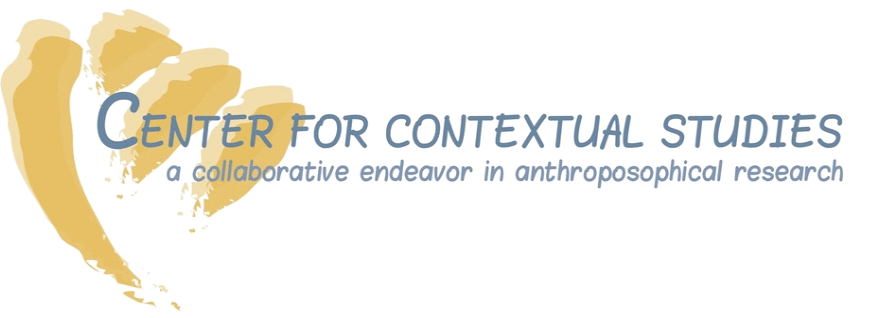Another school year has begun. Parents, children and teachers are once again settling into ordered learning situations. Parents are breathing sighs of relief. The feelings of the teachers are mixed. And the children?
Simmering in the background is the growing recognition that education is at an impasse. Educators around the globe are questioning both what and how children are being taught. Yet in all the discussions concerning the need for educational reform, we hear few questions being raised as to how children learn.
Years ago, when I began teaching, I was told by Dick Bliss, founder of the East Hill Farm School in Vermont, how important it was that the explicit curriculum – the things I was to teach – resonate with the implicit curriculum – the things the students were experiencing in between classes. His view on the relationship between lesson content and experienced context – explicit and implicit curricula – was influenced by the work of John Dewey. In 1899, on the eve of a new century, Dewey wrote about the relation between school and the changing societal realities: “The obvious fact is that our social life has undergone a thorough and radical change. If our education is to have any meaning for life, it must pass through an equally complete transformation…To do this means to make each one of our schools an embryonic community life, active with the types of occupations that reflect the life of the larger society and permeated throughout with the spirit of art, history and science.”
The notion of school as a learning context where experience and reflection exist in a state of mutual enhancement reflects a broader understanding of children’s learning than is often the case. The recognition that direct, full-body experience as well as the individual enactment of the process of understanding plays a role in meaningful learning is an important step towards envisioning new approaches to education. Although our current educational understanding tends to focus on children’s ability to repeat what they have been taught, I would venture to say that most of what children learn is not learned in the classroom, that is, it does not have its source in the explicit curriculum. It is learned in the in-between spaces, the socio-cultural reality of the specific school.
The biggest obstacle to any true educational reform or renewal is our reluctance to look too closely at the in-between spaces. Or, put positively, the key to the future of education lies in working consciously with the in-between spaces.
These spaces cannot be quantified. They can only be lived. They are woven of a wonderful interplay of sensual experience, aesthetic sensibility and inter-personal encounter. They are real in their immediacy. It is in them that learning takes place.
To echo John Dewey, we can say without hesitation that our social and cultural life is in the midst of a deep and radical process of change. Schools must also change. We face the challenge of either creating communities within the moribund institution “school” that are able to ritualize and celebrate the qualities of creative engagement and responsible participation the world so dearly needs or of breaking free of the institutions and starting over. What would “school” look like if we thought it from the point of view of the future rather than that of the past?
